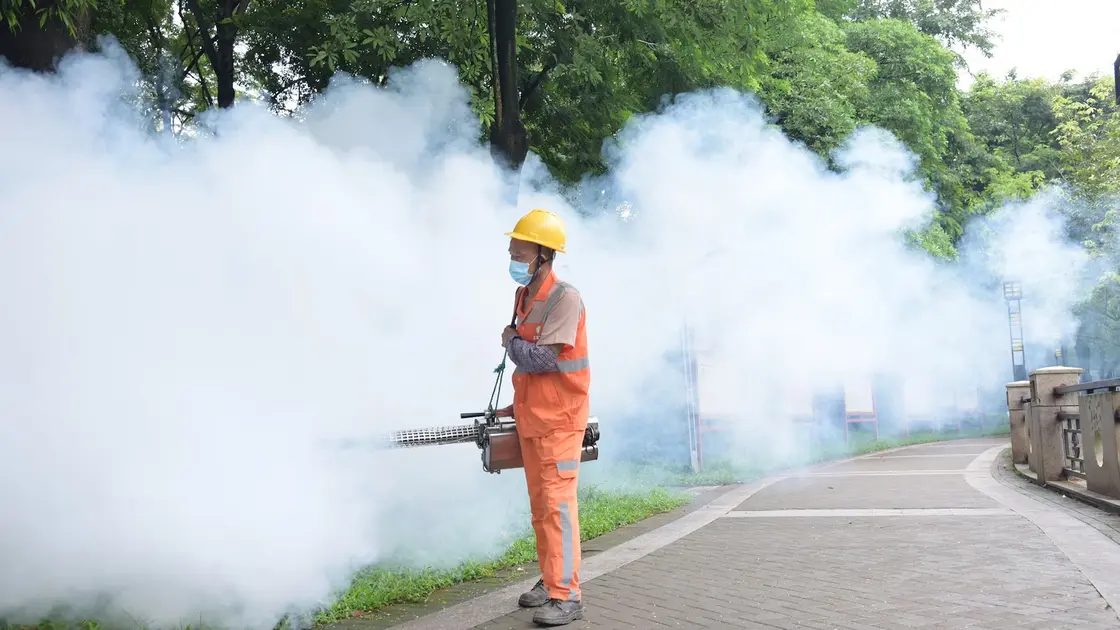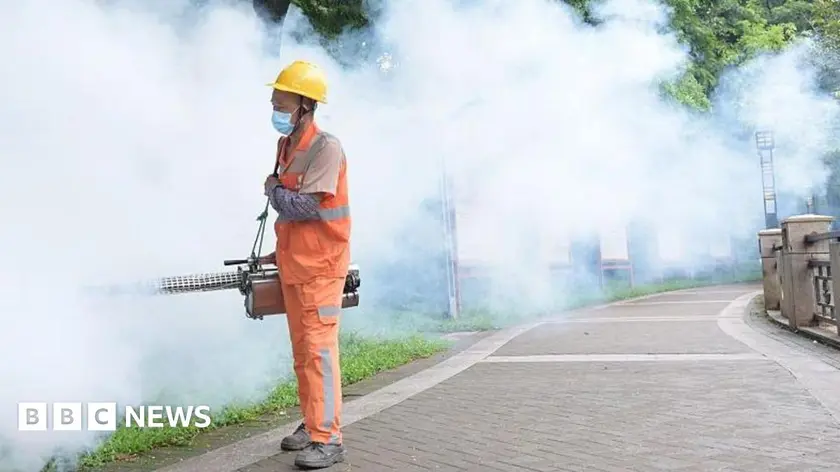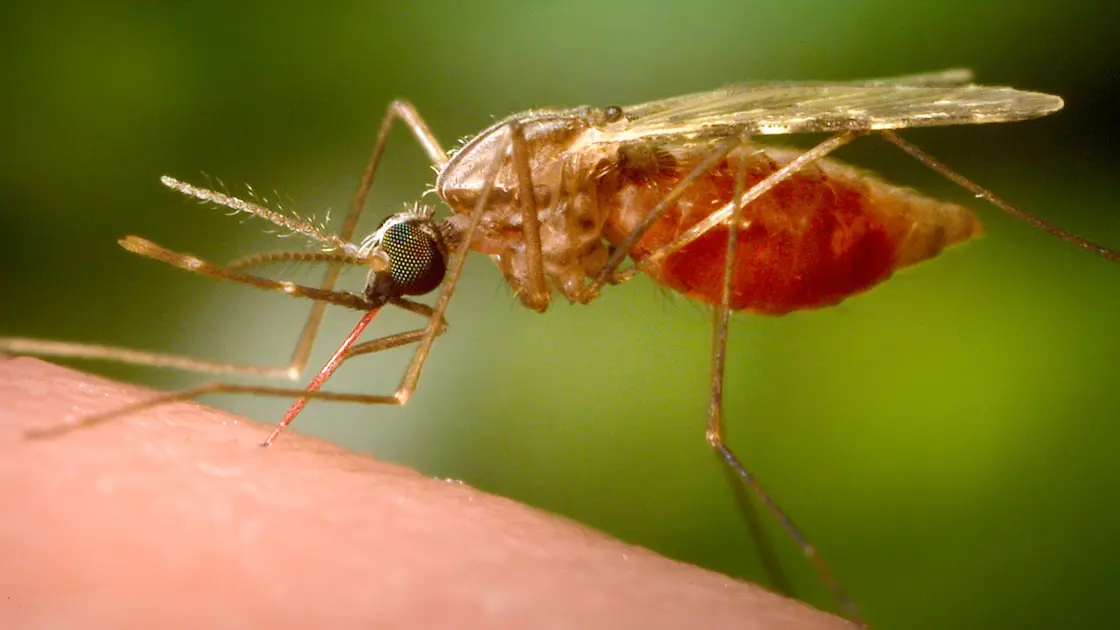T4K3.news
Chikungunya virus outbreak in China confirmed
China reports over 7,000 chikungunya cases, implementing forceful measures to contain the spread.

Chikungunya virus cases rise sharply in China, prompting authorities to implement strict measures.
Chikungunya virus outbreak in China prompts strong response
China is facing a significant outbreak of the chikungunya virus, with over 7,000 reported cases in Guangdong province since July. The number of cases surged in the past week, with nearly 3,000 new infections. The province's city of Foshan is the most affected, prompting Chinese authorities to plan decisive and forceful actions similar to those utilized during the COVID-19 pandemic. Reports indicate that 12 cities in Guangdong and Hong Kong have also confirmed cases, with a notable case of a 12-year-old boy who recently traveled to Foshan before developing symptoms. The chikungunya virus, a mosquito-borne illness, typically causes fever and joint pain, with symptoms appearing about a week after infection. While most cases are mild, the virus can cause long-term joint issues for some patients. Measures being enforced include mandates for residents to eliminate stagnant water sources and potential fines for non-compliance.
Key Takeaways
"Patients in Foshan are being forced to stay in the hospital with mosquito nets around their beds."
This highlights the serious measures taken to contain the outbreak in Foshan.
"Authorities are planning to release huge 'elephant mosquitoes' to combat smaller, disease-spreading bugs."
This unusual strategy emphasizes the battle against the chikungunya virus in Guangdong.
The sharp increase in chikungunya cases in China has triggered a response reminiscent of pandemic protocols. As the virus spreads primarily through mosquito bites, the emphasis on mosquito control and community cooperation highlights the ongoing challenges of public health in densely populated areas. The forceful measures by authorities reveal a sense of urgency that not only addresses the immediate health crisis but also seeks to prevent potential public panic. However, the effectiveness of such measures in a disease with a typically mild outcome raises questions about balance between public safety and societal disruption. Long-term implications on health policy and community engagement during outbreaks could redefine future responses to similar health threats.
Highlights
- China acts decisively against chikungunya virus spread
- Residents face fines for stagnant water as chikungunya cases rise
- Health measures echo pandemic response amidst chikungunya outbreak
- Mosquito control becomes priority as cases surge in Guangdong
Concerns over public health response
The chikungunya outbreak in China, with rising cases and severe containment measures, risks public backlash and stress on health systems.
The outbreak highlights the need for effective mosquito control and community awareness in managing health crises.
Enjoyed this? Let your friends know!
Related News

Chikungunya outbreak forces new tactics in Foshan

Chikungunya outbreak prompts bold measures in Guangdong

CDC issues travel warning for chikungunya outbreak in China

China initiates pandemic measures for Chikungunya virus

China reports over 7000 chikungunya cases

China faces significant chikungunya outbreak

Chikungunya virus cases surpass 7,000 in China

China reports over 7,000 chikungunya virus cases
